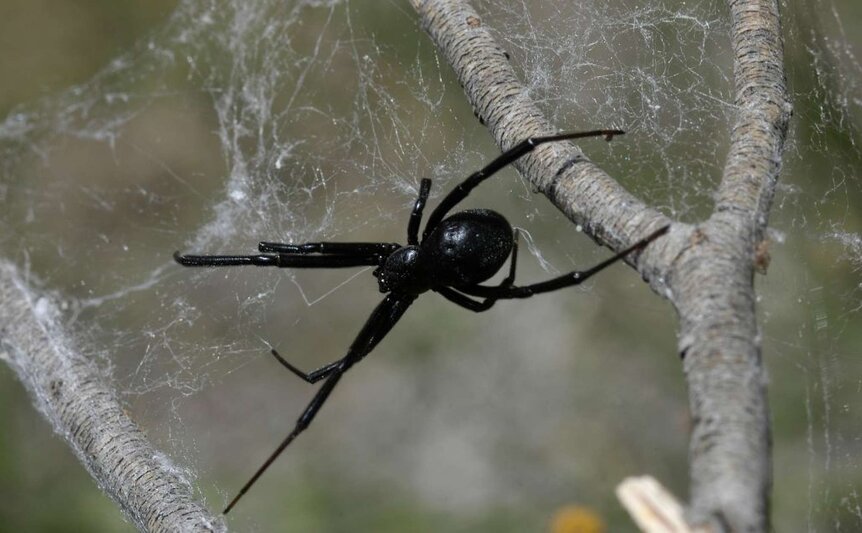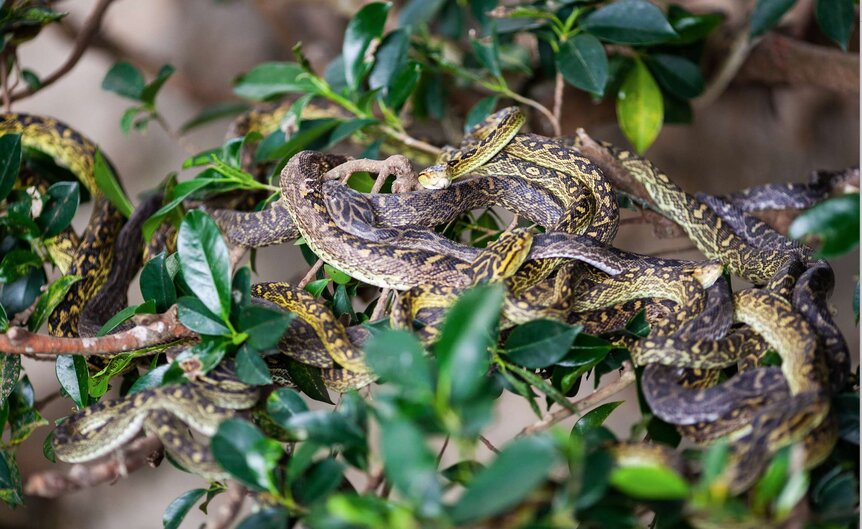Create a free profile to get unlimited access to exclusive videos, sweepstakes, and more!
Biting new study believes human beings could someday become venomous

Throughout the eons, humans beings have demonstrated a remarkable ability to adapt and evolve to compensate for changes in climate, lifestyle, and habitats.
But the notion of precisely what latent abilities will emerge down the road is foremost on the minds of a particular crew of international scientists, whose new research paper offers the possibility that under the right reactionary conditions, humans might one day become venomous.
That's not to say we'll start coiling ourselves up to strike and bite targets like a cobra, but their findings remind us that every mammal or reptile on Earth has the genetic foundation to build an oral venom system. Humans and mice already produce an essential protein found in many venom systems. Kallikreins are these stable proteins secreted in saliva that digest other proteins and are a major component of many types of venom.
This group of mutable genes associated with salivary glands in humans explains how toxic venom developed independently from nonvenomous ancestors in the animal kingdom. Oral venom is common in myriad creatures on our planet, from spiders and snakes to fish and insects, and is derived from modified salivary glands.
"It's going to be a real landmark in the field," explained Bryan Fry, a biochemist and venom expert at The University of Queensland in Australia, to Live Science. "They've done an absolutely sensational job of some extraordinarily complex studies. It's not coincidental that kallikrein is the most broadly secreted type of component in venoms across the animal kingdom, because in any form, it's a very active enzyme and it's going to start doing some messed-up stuff."
Venom usually evolves as either a natural method of defense or as a way of paralyzing prey, so Mankind's systems of hunting, gathering, and mate selection would have to alter drastically in order for evolution to necessitate the deliverance of harmful venom.
The new study, recently published in the online journal Proceedings of the National Academy of Sciences, steers away from dissecting the complex toxins themselves, but targets "housekeeping" genes instead, those closely associated with venom but aren't responsible for the deadly toxins.
"Essentially, we have all the building blocks in place," noted Agneesh Barua, a doctoral student in evolutionary genetics at the Okinawa Institute of Science and Technology, in an interview with Live Scicnce. "Now it's up to evolution to take us there. Since we know the function of all the genes that were present in the animal, we could just see what genes the venom genes are associated with."
Project researchers began their investigation by inspecting the genome of the Taiwan habu (Trimeresurus mucrosquamatus), a brown pit viper that's classified as an invasive species in Okinawa.
Scientists discovered a multitude of genes common to many body tissues across all amniotes (animals fertilizing eggs internally or laying eggs on land). According to Barua, several of these genes are involved in folding proteins, which is a logical conclusion, since venomous animals must manufacture huge quantities of protein-based toxins.
"Humans, of course, have invented tools, weapons and social structures that do most of these jobs without the need for venomous fangs. And venom is costly, too." Fry said. "Building and folding all those proteins takes energy. For that reason, venom is easily lost when it isn't used. There are species of sea snakes that have vestigial venom glands but are no longer venomous, because they switched from feeding on fish to feeding on fish eggs, which don't require a toxic bite."
Fry believes this biting new research may not be the genesis of wicked new superpowers in human beings, but piercing the mystery of venom genetics could have numerous medicinal applications.
"If a cobra's brain were to start expressing the genes that its venom glands expressed, the snake would immediately die of self-toxicity," Fry added. "The importance of this paper goes beyond just this field of study, because it provides a starting platform for all of those kinds of interesting questions."





























